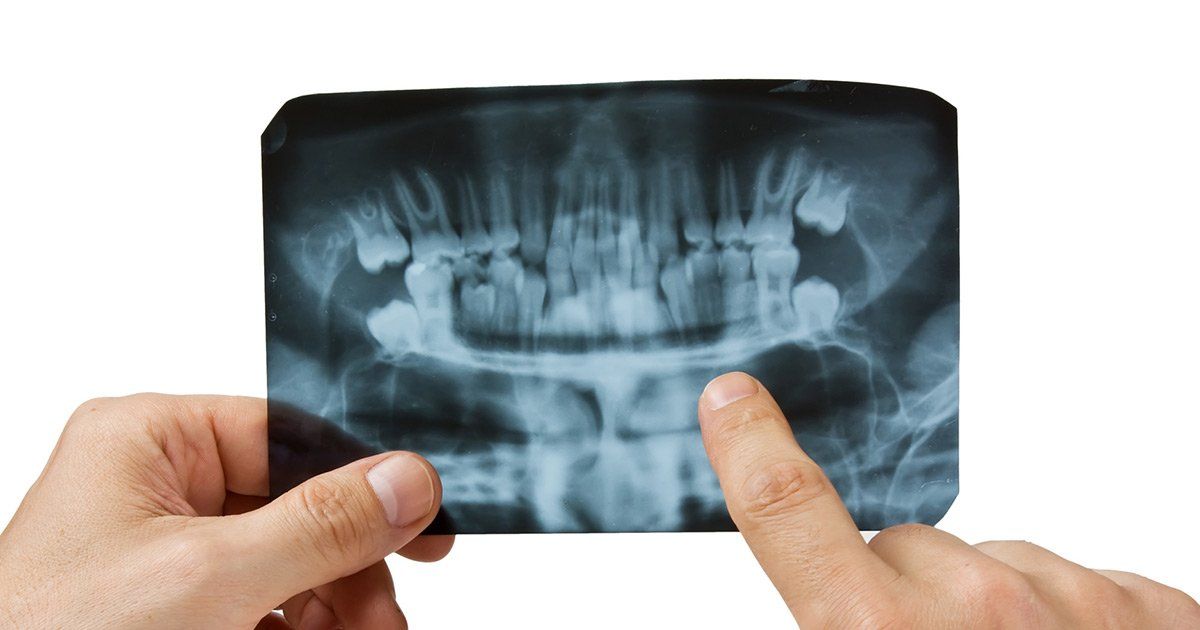What to Expect From a Root Canal Procedure
Is a root canal procedure in store for you? Learn more about the procedure, and consider going to a dentist in Owings Mills, MD.
Oral disease affects about 3.5 billion people worldwide. If you have an affected, decaying tooth, you might want to schedule a root canal. Visiting your dentist in Owings Mills, MD right away could save your smile.
Otherwise, your inflamed, irritated tooth could impact your quality of life.
What is a root canal, exactly, and how do you know it's time for an appointment? Keep reading to find out.
After reading this guide, you can feel prepared before scheduling your own procedure. Otherwise, you might not realize you need help until complications develop.
Read on to discover when you need root canal treatment today.
What is a Root Canal?
First, let's cover the basics. What is a root canal, exactly?
Root canal treatment can help save or repair your infected, decaying tooth.
Bacteria can cause a tooth to decay. The tooth's pulp and nerve can become inflamed as a result. In other cases, however, you might need a root canal after a trauma.
Sometimes, other dental procedures can cause inflammation as well.
During root canal treatment, your dentist in Owings Mills, MD will remove the affected tooth's pulp and nerve. Then, they'll clean the inside of your tooth.
If you fail to visit your Owings Mills, MD dentist, complications could develop. For example, the tissue around the affected tooth could become affected. Over time, an abscess could even form.
Don't worry; removing the nerve won't impact your ability to chew. In fact, the nerve maintains sensory functions. It's not vital to your tooth's overall health and function, either.
Root canal treatment also isn't painful. The entire process is similar to having a tooth filled.
Symptoms
After tooth nerve tissue or pulp sustains damage, it can begin breaking down over time. Then, bacteria within the pulp chamber will begin to multiply. The bacteria might cause an infection or abscess to develop.
How do you know you need root canal treatment? Keep track of any oral health care problems you experience. Let your dentist in Owings Mills, MD know right away if you begin experiencing symptoms.
For example, an abscess could form at the end of a tooth's root. An abscess is a pus-filled pocket that develops as an infection starts to spread.
An infection might also cause bone loss around the top of a tooth's root. You might experience swelling around the face or neck. You could notice drainage issues as well.
Make sure to contact your Owings Mills dentist if you also notice:
- Pimples on the gums
- A sharp pain when you chew or bite down
- Deep decay
- Darkened gums
- Painful, swollen gums
- Sensitivity
- A chipped or cracked tooth
Your dentist can assess your symptoms to determine if root canal treatment is right for you.
About
15 million root canals are complicated in the US annually. Choose an experienced dentist in Owings Mills, MD. Their prior experience can ensure the best possible results.
Root Canal Treatment
Remember to visit your dentist right away if you begin experiencing symptoms. They'll assess your oral health to determine the primary cause of your symptoms. Then, they'll determine if root canal treatment suits your needs.
During your consultation appointment, your dentist can walk you through the procedure.
Your dentist might suggest you visit an endodontist if they lack experience with the procedure. Make sure your doctor offers root canals among their list of dental services.
They'll first need to schedule X-rays to visualize the shape of your root canals. They can also use your X-rays to determine if the infection has started affecting surrounding bones.
Then, they'll use local anesthesia to numb the treatment site. In some cases, you won't require anesthesia, though.
The dentist will use a rubber dam to ensure the treatment area remains dry. The dam can help keep saliva at bay during your root canal treatment.
They'll begin by drilling into your tooth to remove the pulp, decayed nerve tissue, and bacteria. Then, they can clean the area using root canal files. Files are placed within the access hole before your dentist scrubs the root canal sides.
Finally, they'll use water or sodium hypochlorite to flush away the remaining debris. Then, your dentist can seal your cleaned tooth.
They can place a rubber compound onto the root canal and fill the access hole as well.
If your tooth requires further restoration, your dentist might suggest a crown. A crown can help protect your tooth from future damage. It could help keep your tooth from breaking, too.
Your dentist will indicate if you require further treatment options during your consultation appointment.
The Recovery Process
Take the time to talk to your dentist in Owings Mills, MD about your recovery plan.
After the procedure, your mouth might feel numb. That's normal. You can still resume normal activities like returning to work.
However, you should wait until the numbness fades before you try to eat.
If you experience sensitivity, you can take over-the-counter medications like Aleve or Motrin. Talk to your dentist about the medications you're allowed to take.
Avoid chewing using the treated tooth until a crown is placed. Otherwise, keep the treatment area clean. Brush and floss twice a day.
Talk to your dentist about any complications you might experience as well. For example, a new infection can form due to:
- The inner sealing material breaking down
- Bacteria contaminating the inner tooth
- A problem with the restoration
- An undetected crack at the root of your tooth
If you begin experiencing inflammation again, talk to your dentist. They can save the tooth or suggest alternative treatment options.
Routine appointments with your Owings Mills, MD dentist will ensure they catch any problems before they can fully develop.
Schedule a Root Canal: Visit Your Dentist in Owings Mills, MD Today
Don't let an infected tooth impact your oral health care or quality of life. Instead, make sure to talk to your dentist in Owings Mills, MD. They can determine if root canal treatment is right for you.
With their help, you can begin treatment before complications impact your smile.
Eager to get started? We can't wait to see you.
Schedule your appointment at our offices today to discuss your root canal treatment.




